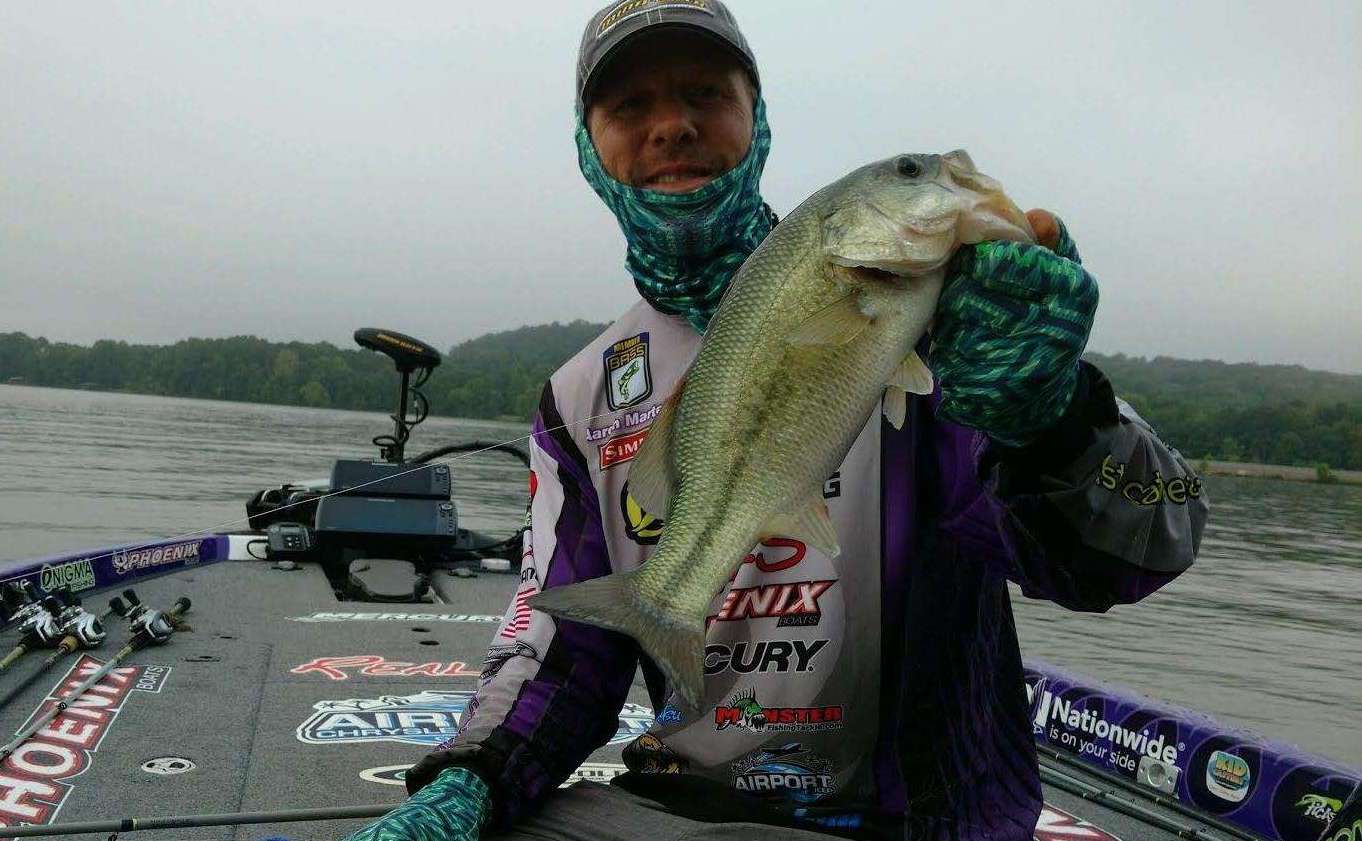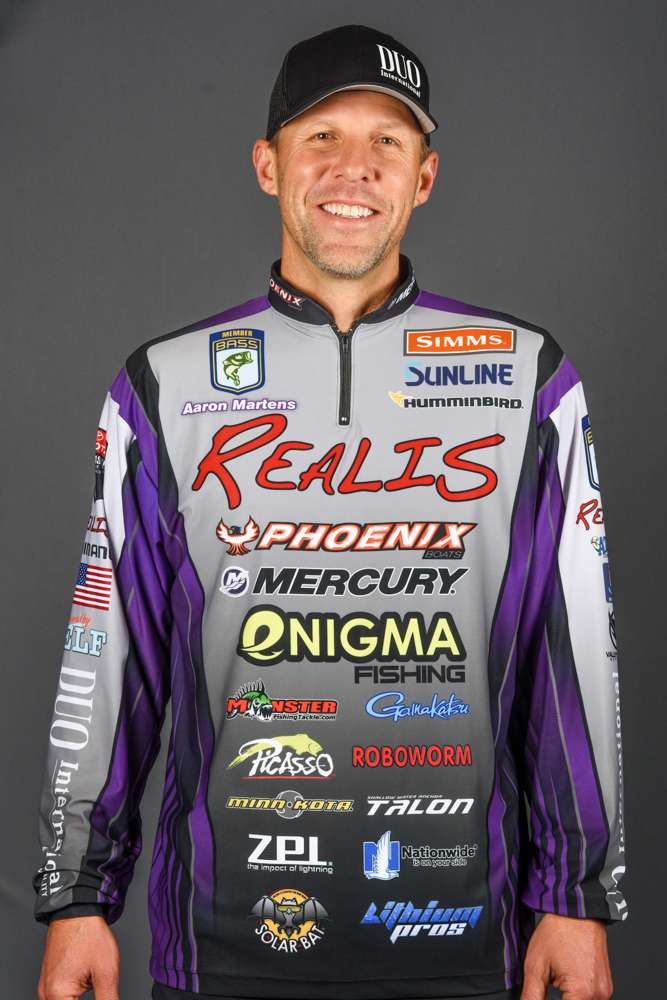
Graphing is something I do all year long. I’ve been experimenting with settings on graphs for so long, I feel like I could write a whole book about it, but more than anything, I would like to share the basics of chart speed and sensitivity with you today so you can start experimenting with your graphs, if you haven’t begun to already.
I run two Humminbird HELIX units on the bow of my boat, and I’m regularly adjusting the settings. One of the really neat things about the HELIX units is how easy it is to adjust your settings without ever losing sight of your mapping display. Honestly, that’s a big reason why I use them. You never lose sight of your graph when you’re adjusting settings, and changing the settings is pretty easy. You literally just hit the menu button and a dropdown pulls up so you can click right on whatever you want to adjust.
The chart speed is simply the speed of which the image is passing by. The slower the chart speed, the sharper the image will be. The faster the speed, the larger and less detailed image you will get. You can adjust chart speed according to the depth you are graphing. The shallower I am, the faster my chart speed. If I’m in less than 10 feet of water, my chart speed is at around 7. In 10-20 feet of water, my chart speed will be at a 5 or 6. If I’m in 25 feet or more, a lot of times, I will take it down to 4. If I’m going in and out of creeks all day or continually moving from shallow to deep water and back, I will be regularly adjusting my chart speed more often than I would on the days that I’m fishing at the relatively same depth all day.
The sensitivity of your chart is a power level—the strength of the signal that your graph is sending back and forth. The higher the sensitivity, the harder it will bounce off and come back. In real clear water, it’s easy to dial in the sensitivity. You can run it really high and it’s much easier to see the fish and objects than in dirty water. For the purposes of adjusting sensitivity: by dirty water, I mean anything in the water that will cause interference on your graph, such as algae, oxygen in the water from waves or current, silt, etc. When you are graphing an area, the dirtier the water, the lower your sensitivity should be set. But, the lower the sensitivity, the harder it is to make an object out. So, when you start looking for fish, turn it back up; it will be like looking through fog with a flashlight to find an object, but it’s the only way in dirty water. After I have my sensitivity dialed in, I will then adjust the contrast setting. The contrast setting can bring an object into sharper focus and it’s usually the last setting I change.
Most of the setting changes we discussed today are also applicable to 2D technology as well. In my next blog, I’d like to get more into different strategies I use to see fish using my graphs. Right now though, I’ve gotta get out for a bit and grab some In-N-Out. When you are in California, do as the Californians do—eat In-N-Out. When you are graphing, do as the pro anglers do, and get comfortable experimenting with your graphs.

